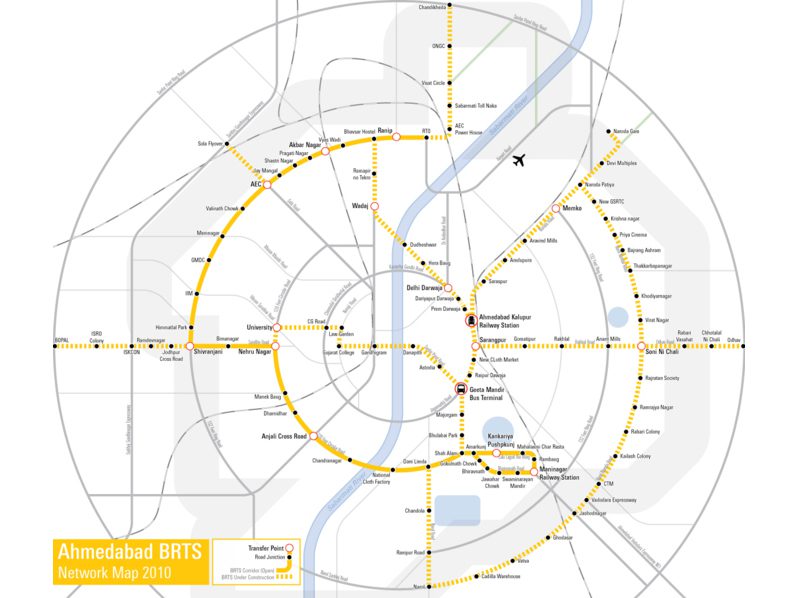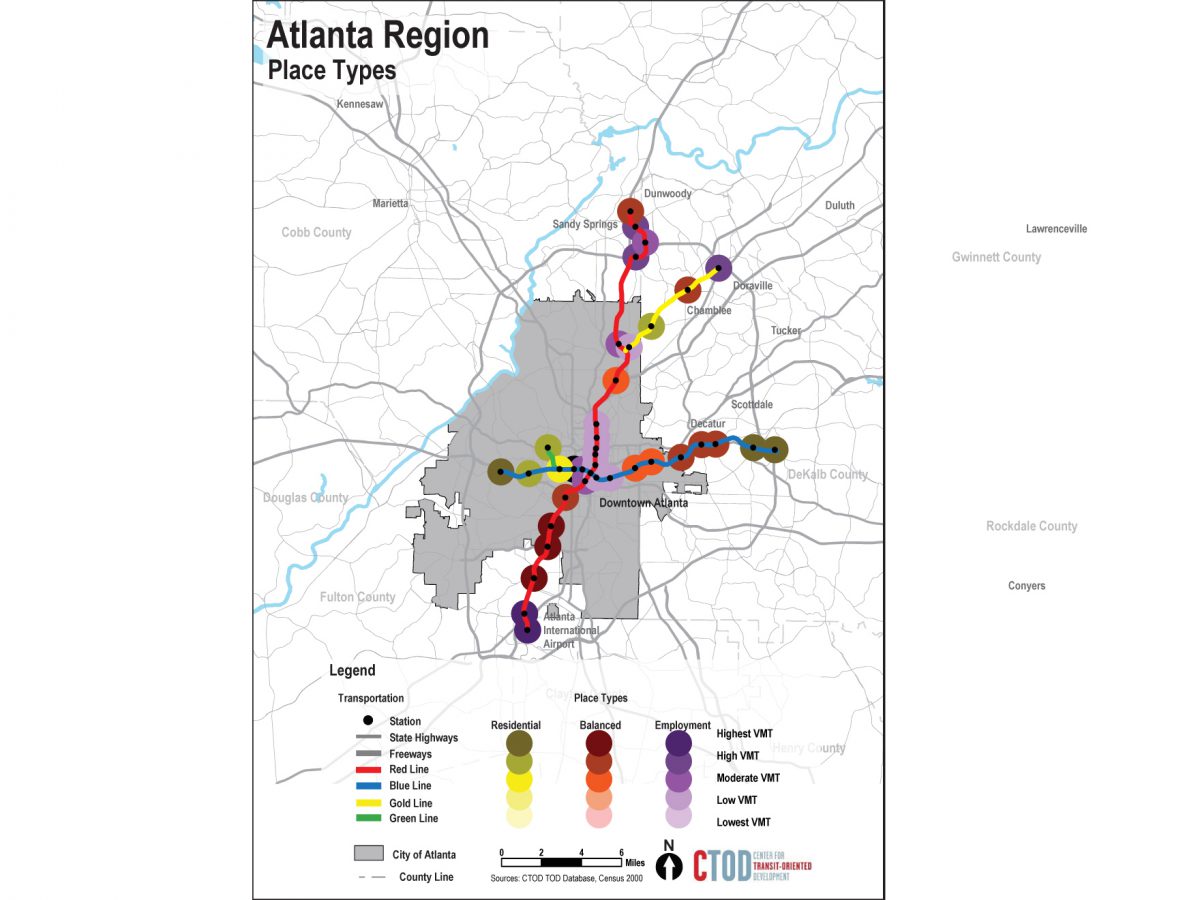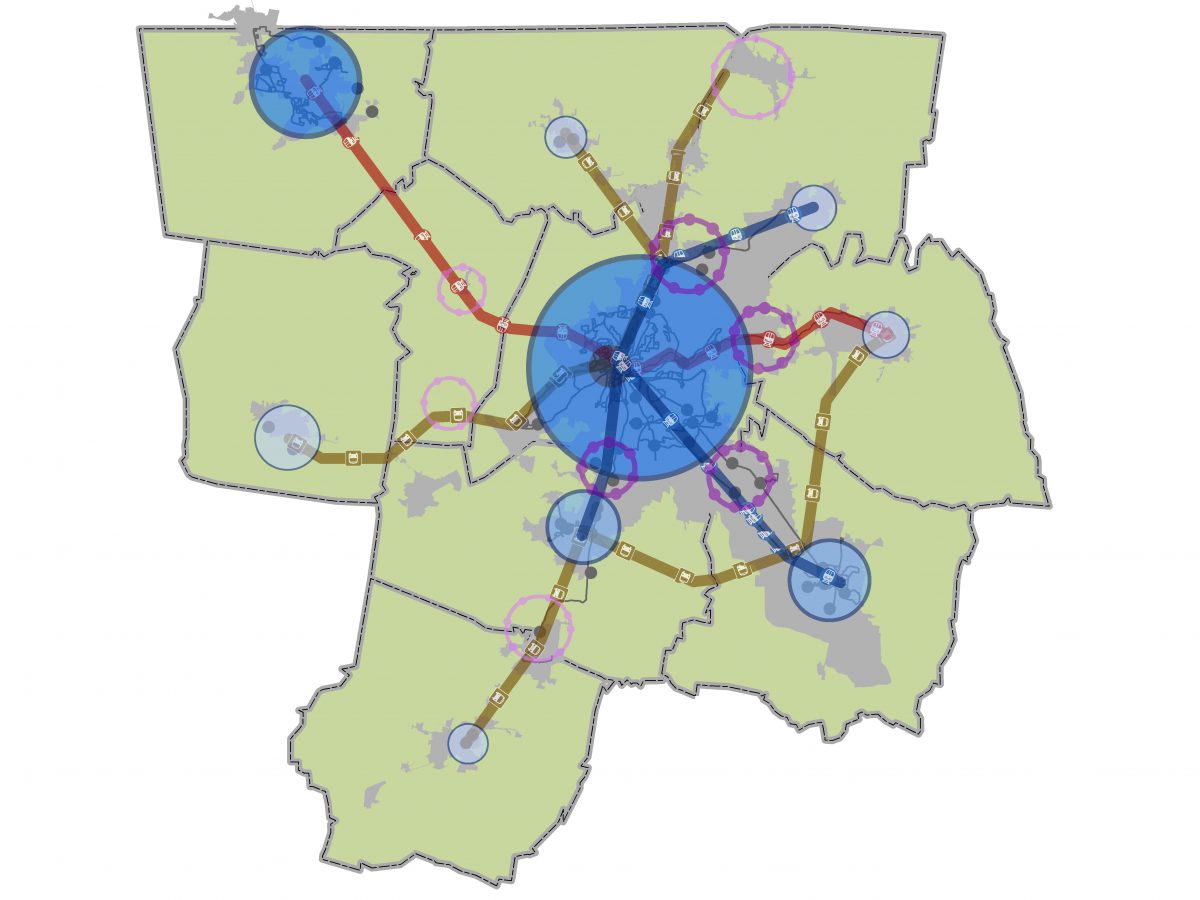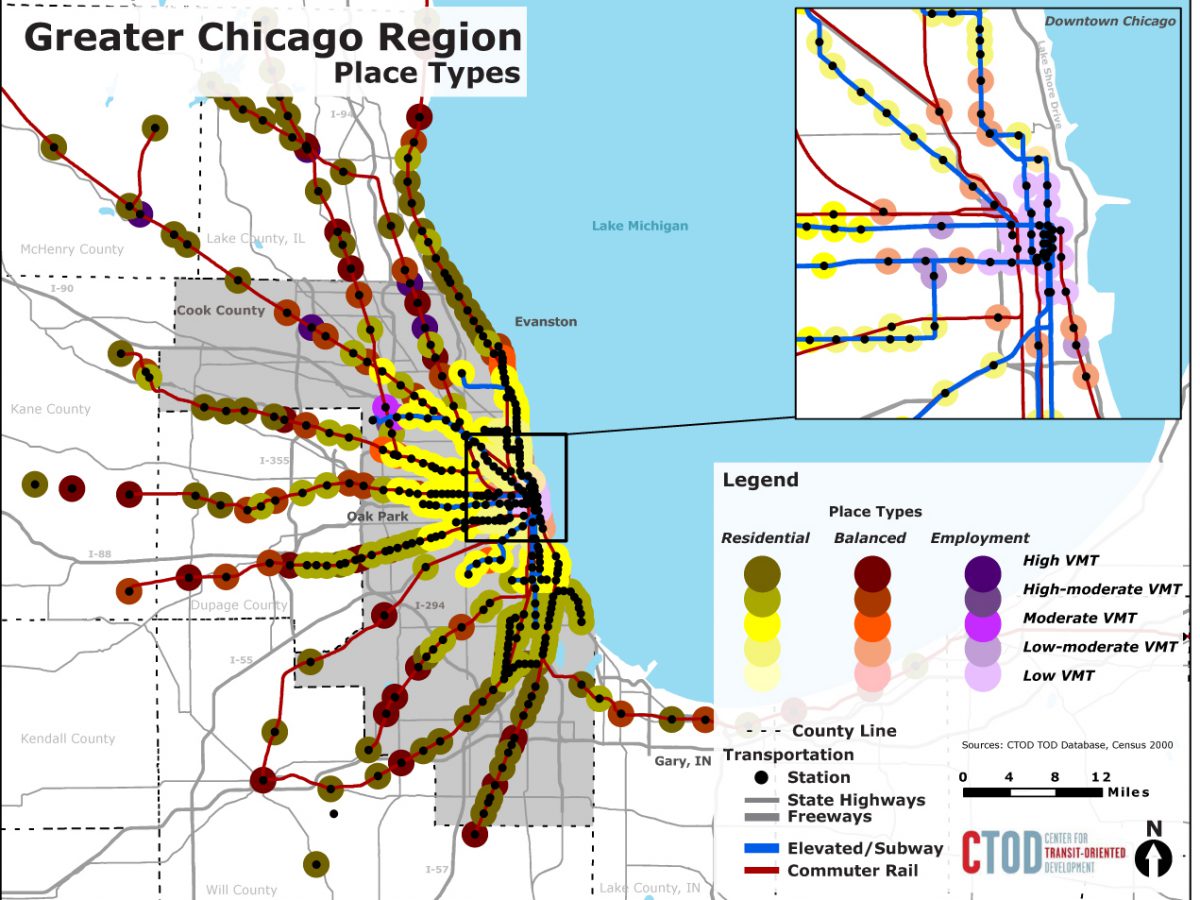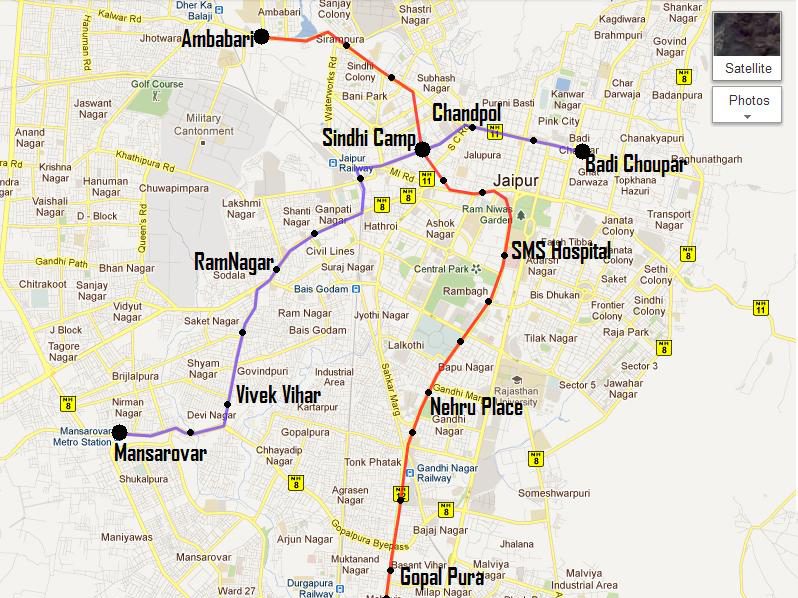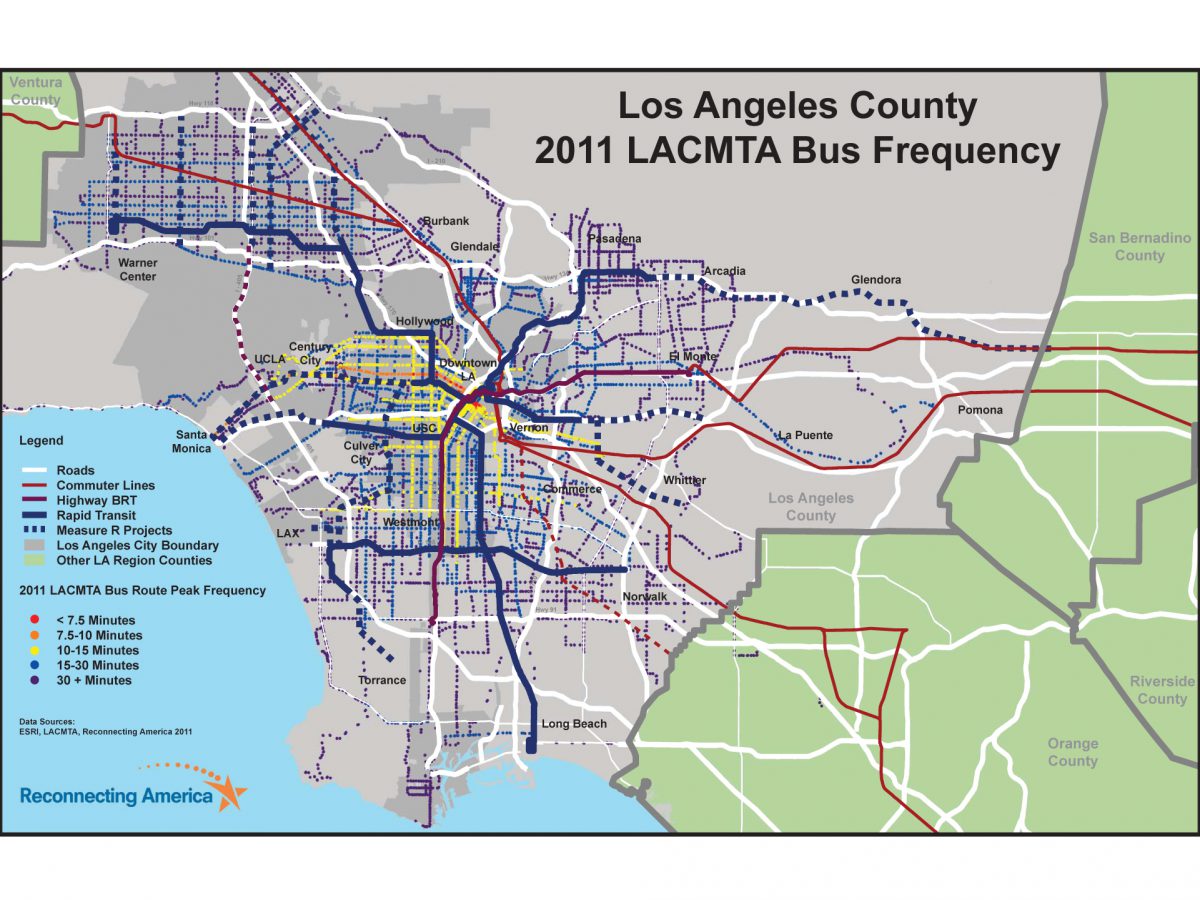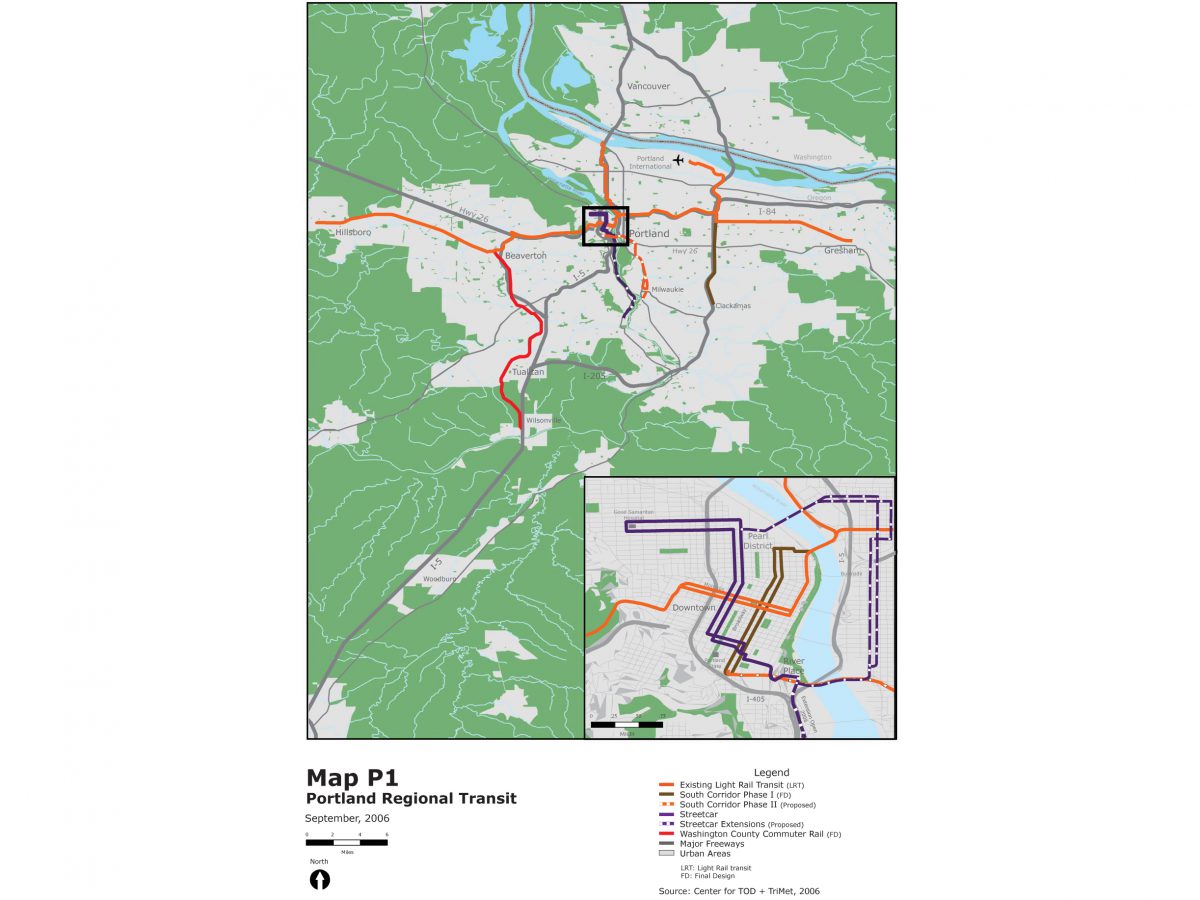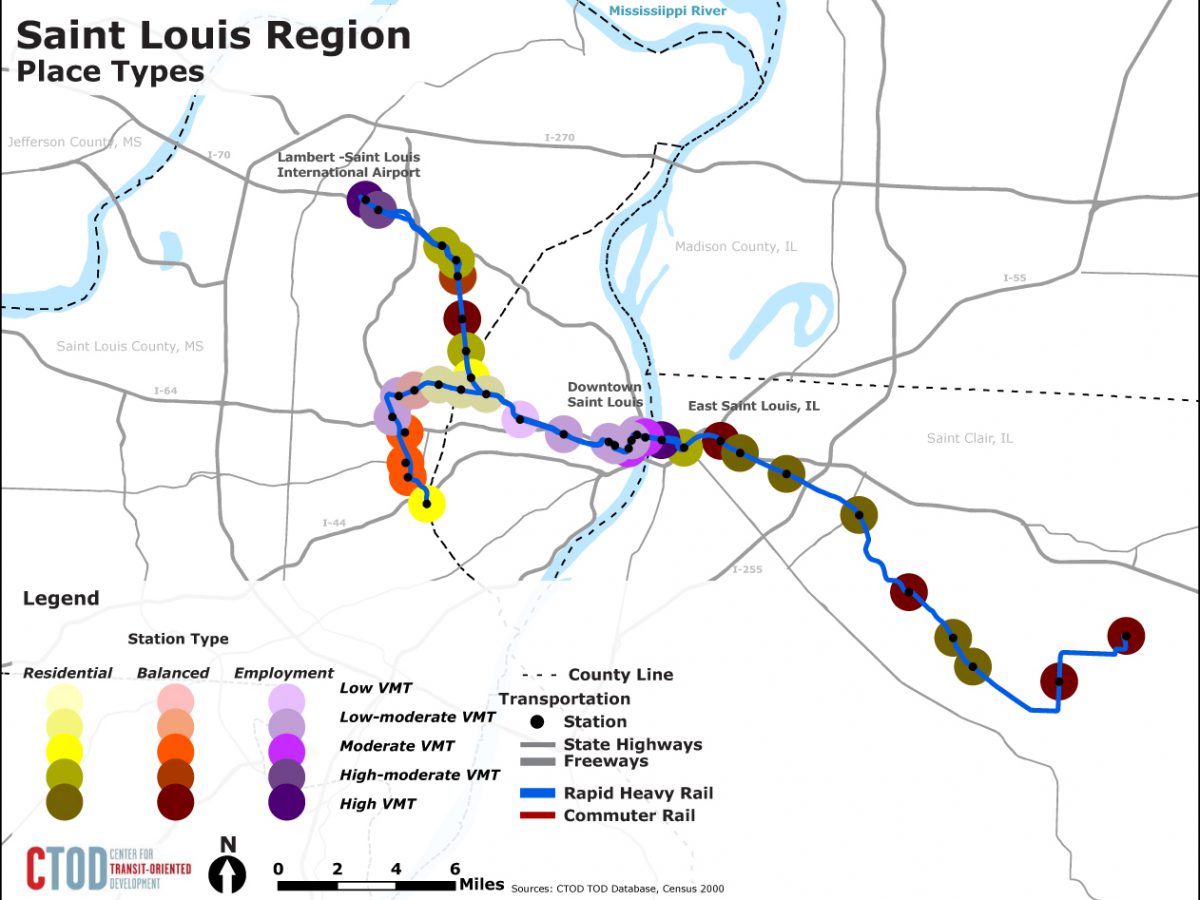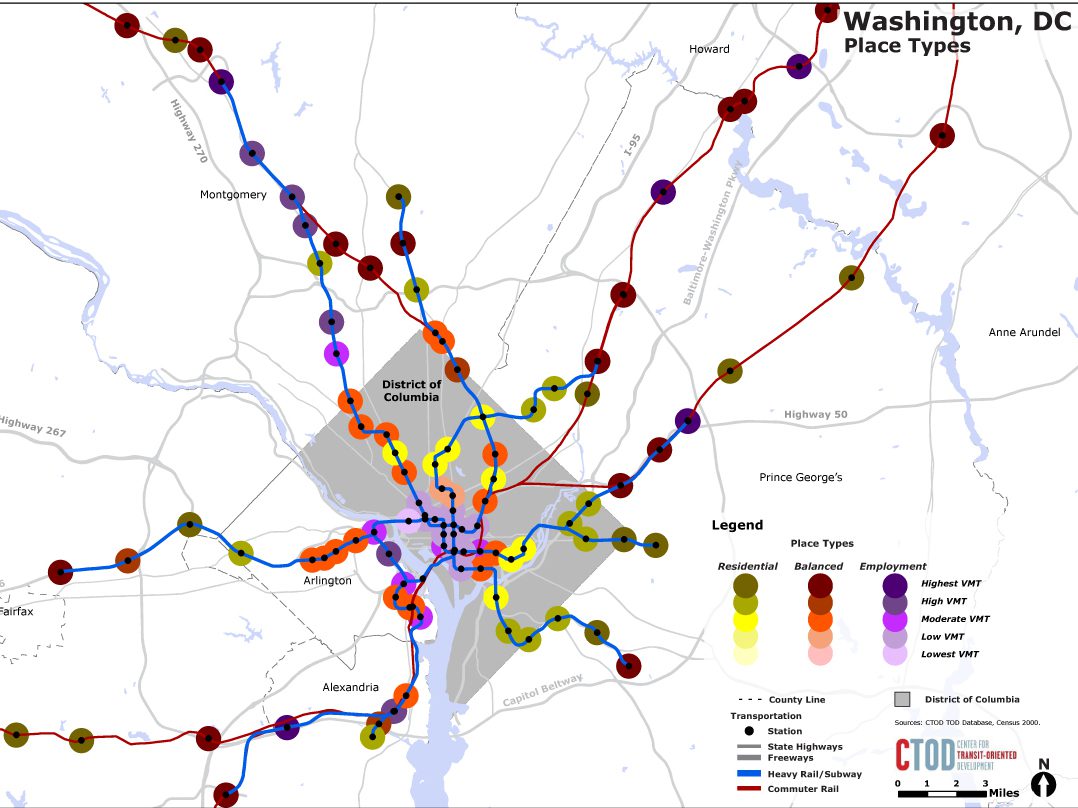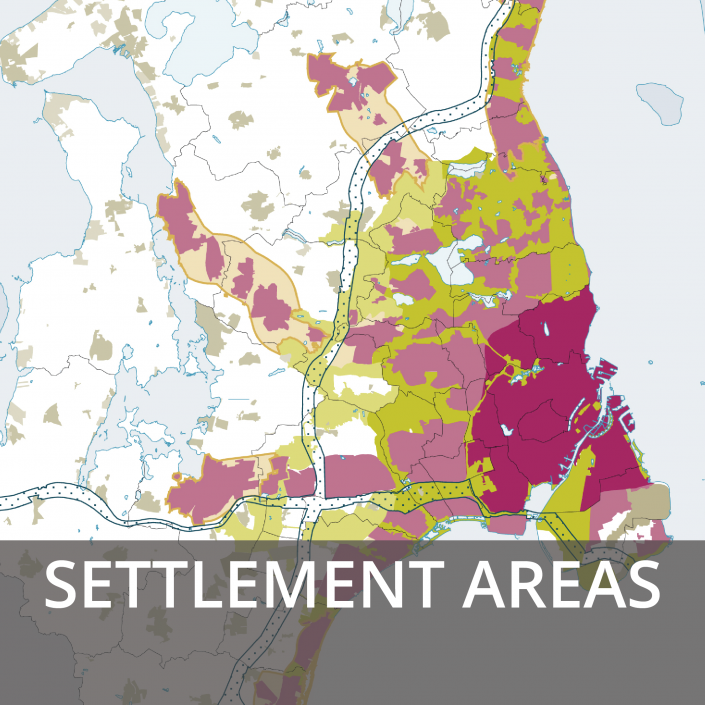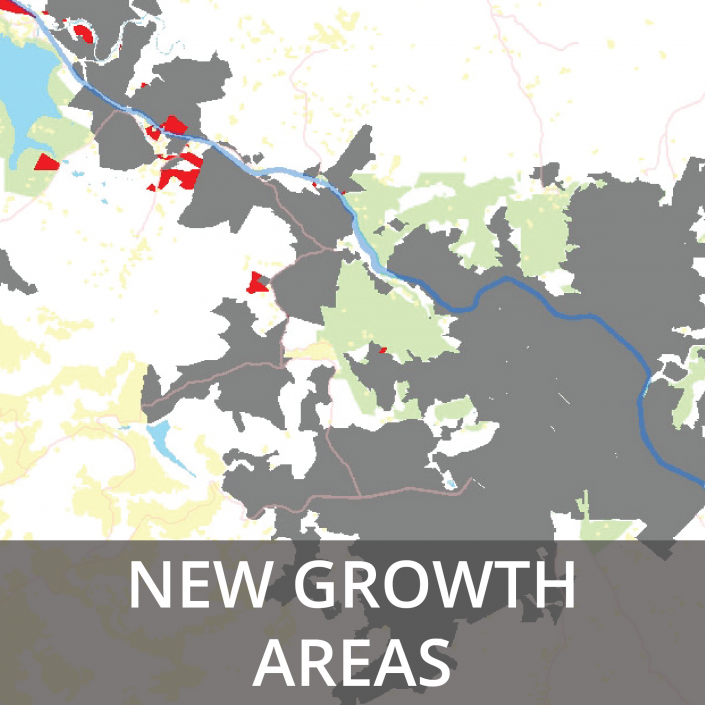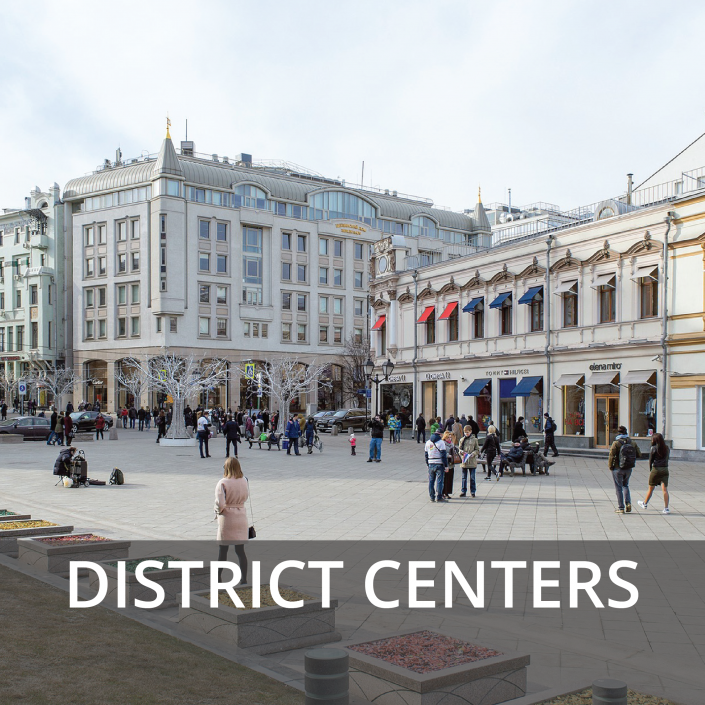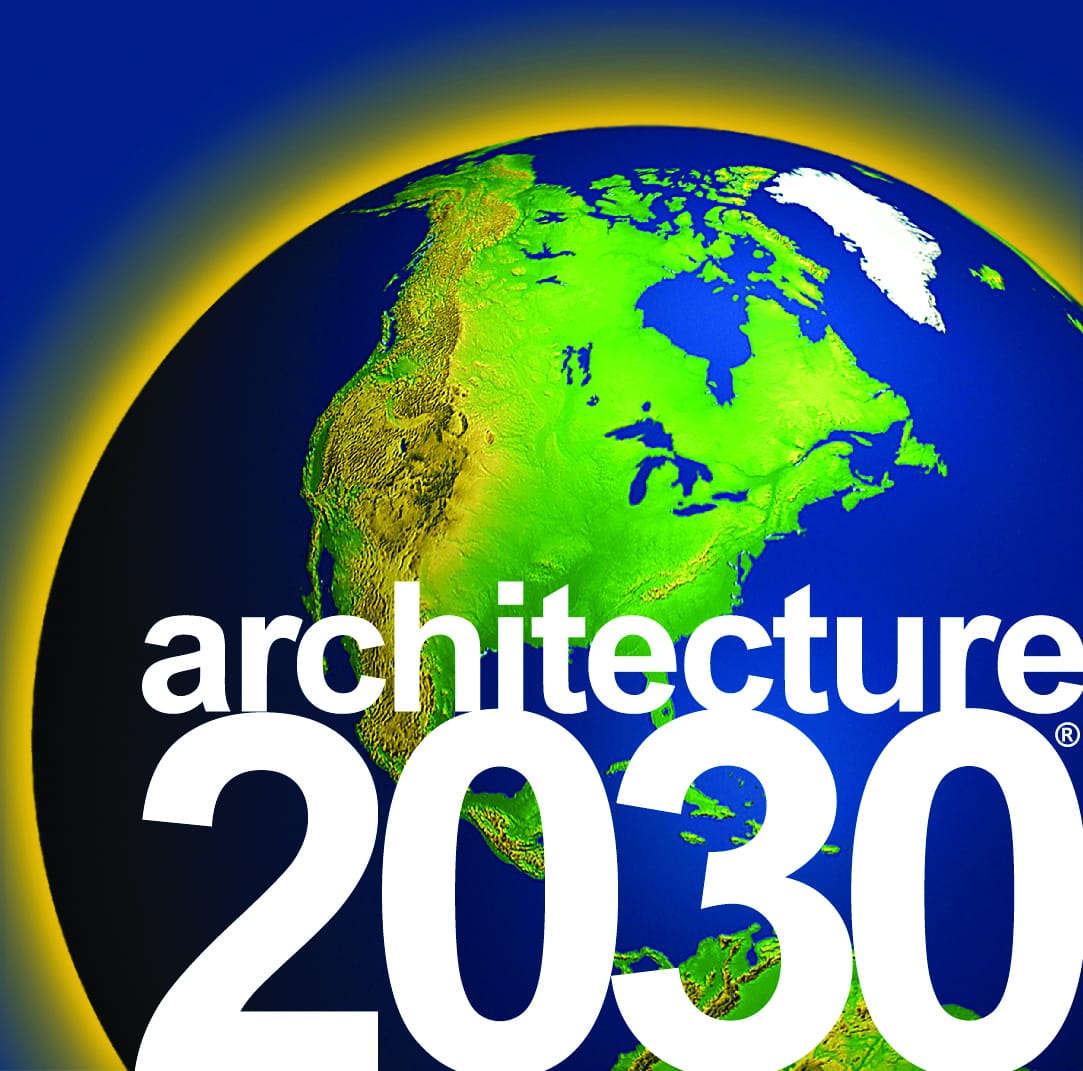Transit corridors establish a pattern of walkable districts or neighborhoods connected to commercial, employment, institutional and recreation areas.
A transit corridor is defined as the walkable areas around all of the stations along a transit line. Corridor types are defined by what they connect; however, most corridors tend to be a mix of types.
There are three basic transit corridor types:
- Destination Connector – links residential neighborhoods to activity centers, including employment and commercial centers, recreation areas and academic campuses.
- Commuter – serves one major activity center (such as a central business district) with riders traveling into the center in the morning and out at the end of the day.
- District Circulator – links travel within an “activity node” – typically a downtown or a commercial, medical or educational center.

